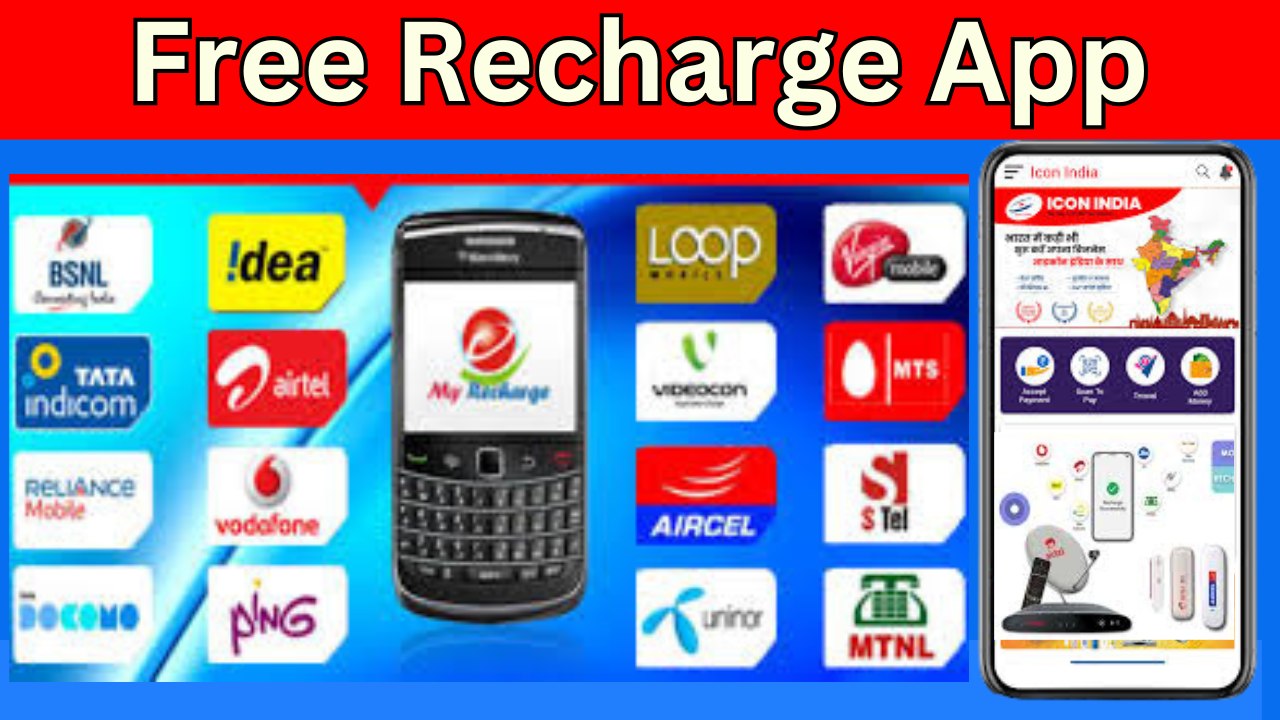Phone recharge refers to the process of adding credit or balance to a mobile phone account, either for prepaid services or to pay postpaid bills. With advancements in technology, the methods for phone recharge have evolved significantly, moving from physical stores and scratch cards to online and app-based platforms. This document explores various aspects of phone recharge, including traditional methods, modern digital solutions, benefits, challenges, and the future of this essential service.

Contents [hide]
- 1 Types of Phone Recharge Services
- 2 Traditional Methods of Phone Recharge
- 3 Modern Methods of Phone Recharge
- 4 Popular Platforms for Phone Recharge
- 5 Steps to Perform a Mobile Recharge
- 6 Benefits of Digital Phone Recharge
- 7 Challenges in Phone Recharge Services
- 8 How to Stay Safe While Recharging Online
- 9 Future of Phone Recharge
- 10 Key Takeaways
Types of Phone Recharge Services
- Prepaid Recharge
- For users who prefer paying for services upfront.
- Recharge is required periodically to maintain network connectivity for calls, SMS, and data.
- Postpaid Bill Payment
- For users who receive a bill after consuming services.
- Payment is made at the end of the billing cycle.
Traditional Methods of Phone Recharge
- Retail Stores:
- Users visit physical stores to top-up their phones.
- Retailers input the mobile number and recharge amount into their systems.
- Scratch Cards:
- Popular in earlier times, users bought cards with a printed code.
- The code was entered into the phone to activate the recharge.
- Customer Care Recharge:
- Users called customer service and provided payment details for recharges.
Modern Methods of Phone Recharge
Digital technology has revolutionized phone recharge, making it faster, easier, and more accessible. Below are the most common modern methods:
- Mobile Applications
- Apps like PhonePe, Google Pay, Paytm, Amazon Pay, and telecom-specific apps (e.g., MyJio, Airtel Thanks).
- Features include browsing plans, selecting offers, and paying instantly.
- Online Portals
- Websites of telecom operators or third-party services.
- Users log in, provide mobile details, and recharge directly.
- Banking Apps
- Many banks integrate mobile recharge features into their apps, allowing seamless transactions directly from the bank account.
- USSD Codes
- Useful for users without internet access.
- Dial specific codes provided by the telecom operator to recharge or pay bills.
- SMS-Based Recharge
- Send recharge requests via SMS to designated numbers.
- Commonly used in areas with limited internet connectivity.
Popular Platforms for Phone Recharge
1. PhonePe
- A UPI-based app with a user-friendly interface.
- Offers cashback, rewards, and frequent discounts.
- Supports various payment methods, including wallets, UPI, and cards.
2. Google Pay
- Trusted for its minimalistic design and global recognition.
- Provides secure UPI transactions and rewards like scratch cards.
3. Paytm
- Known for its wide range of services, from mobile recharges to bill payments.
- Offers loyalty points, cashback, and vouchers.
4. Telecom-Specific Apps
- MyJio, Airtel Thanks, and Vi App cater exclusively to their users.
- Features like data monitoring, plan recommendations, and loyalty benefits are integrated.
Steps to Perform a Mobile Recharge
Though steps may vary slightly across platforms, the general process remains consistent:
- Open the App or Website:
Log in or open the platform you prefer. - Select “Mobile Recharge”:
Navigate to the recharge section on the platform. - Enter Mobile Details:
Provide the mobile number, operator, and region (circle). - Browse Plans:
Review available plans or enter the desired recharge amount. - Choose Payment Method:
Use UPI, credit/debit cards, wallets, or net banking to complete the payment. - Confirm Transaction:
After payment, a success message and receipt will be generated.
Benefits of Digital Phone Recharge
- Convenience:
- Recharge anytime, anywhere without visiting a store.
- Instant Transactions:
- Recharges are processed within seconds.
- Promotional Offers:
- Platforms often provide cashback, discounts, and rewards.
- Wide Payment Options:
- Flexibility to use various modes like UPI, cards, or wallets.
- Secure Transactions:
- Encryption technologies and multi-factor authentication ensure safety.
- Transaction Records:
- Easy to access previous recharge details for reference.
Challenges in Phone Recharge Services
- Technical Glitches:
- Server downtime or network issues can cause delays.
- Fraud Risks:
- Fake apps and phishing websites pose threats to users.
- Connectivity Requirements:
- Most modern methods require stable internet, which can be a challenge in remote areas.
- Limited Offers:
- Some deals may be restricted to specific platforms or payment methods.
How to Stay Safe While Recharging Online
- Use Trusted Platforms:
- Always opt for reliable apps or websites with a proven track record.
- Secure Devices:
- Keep devices updated with the latest security patches.
- Avoid Public Wi-Fi:
- Use secure networks to prevent data theft during transactions.
- Beware of Phishing:
- Avoid clicking on suspicious links or providing sensitive information to unverified sources.
- Enable Two-Factor Authentication:
- Adds an extra layer of security to transactions.
Future of Phone Recharge
- AI-Powered Assistance:
- Apps will use Artificial Intelligence (AI) to recommend personalized plans based on user behavior and history.
- Voice-Based Recharge:
- Voice assistants like Google Assistant or Alexa might facilitate hands-free recharge.
- Blockchain Integration:
- Could enhance transparency and security in transactions.
- Expanded Access:
- Telecom operators may introduce offline digital recharge solutions for rural areas.
- Subscription-Based Services:
- Automatic recharge options through subscriptions to ensure uninterrupted service.
Key Takeaways
- Ease of Use: Modern phone recharge methods are designed for speed and convenience.
- Flexibility: A variety of payment options ensure accessibility for users of all financial backgrounds.
- Rewards: Digital platforms incentivize users with attractive offers and discounts.
- Security: Advanced encryption and authentication technologies protect users.
- Challenges: Awareness and caution are necessary to avoid fraud and technical issues.
Phone recharge is no longer just about topping up mobile balance; it has become a seamless part of the digital lifestyle. As technology continues to evolve, users can expect even more innovative, secure, and rewarding experiences in the phone recharge ecosystem.











